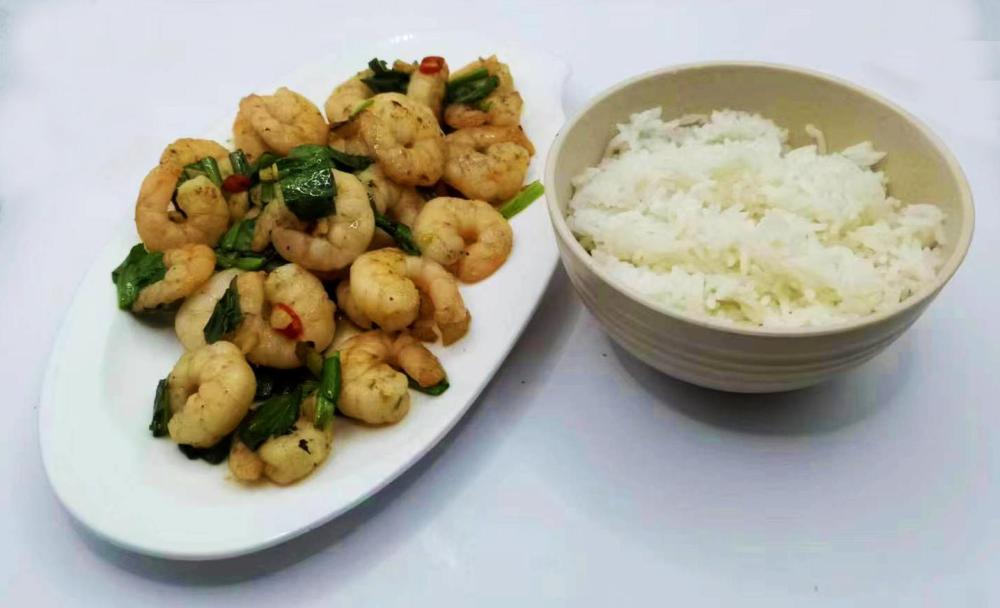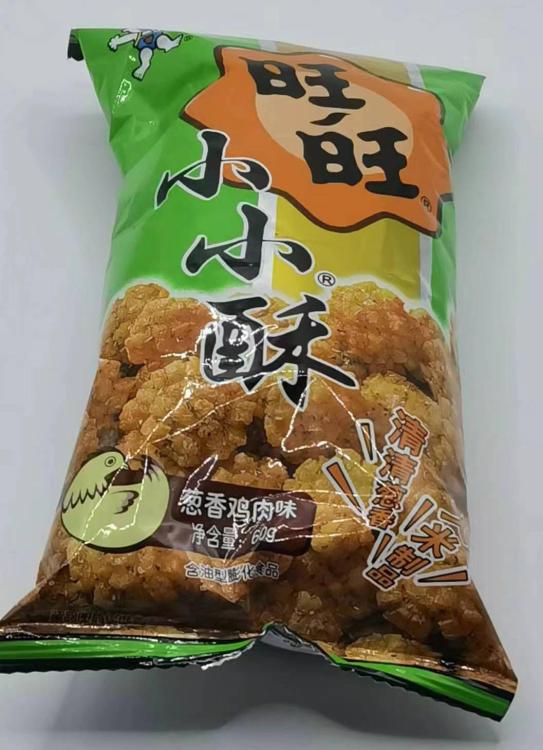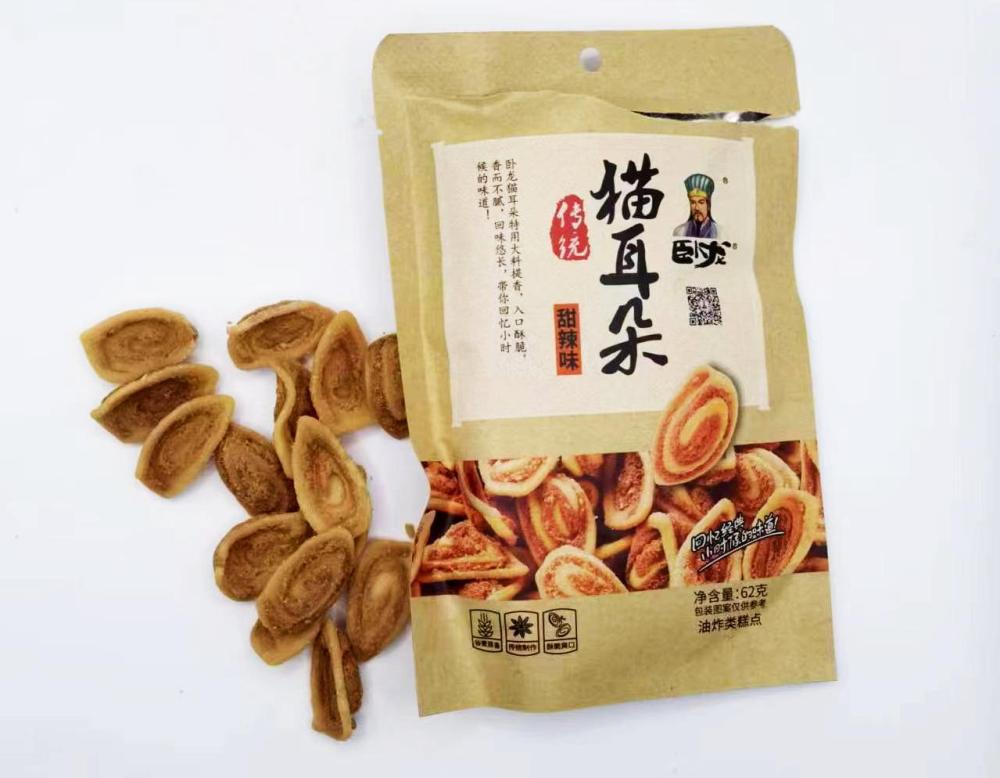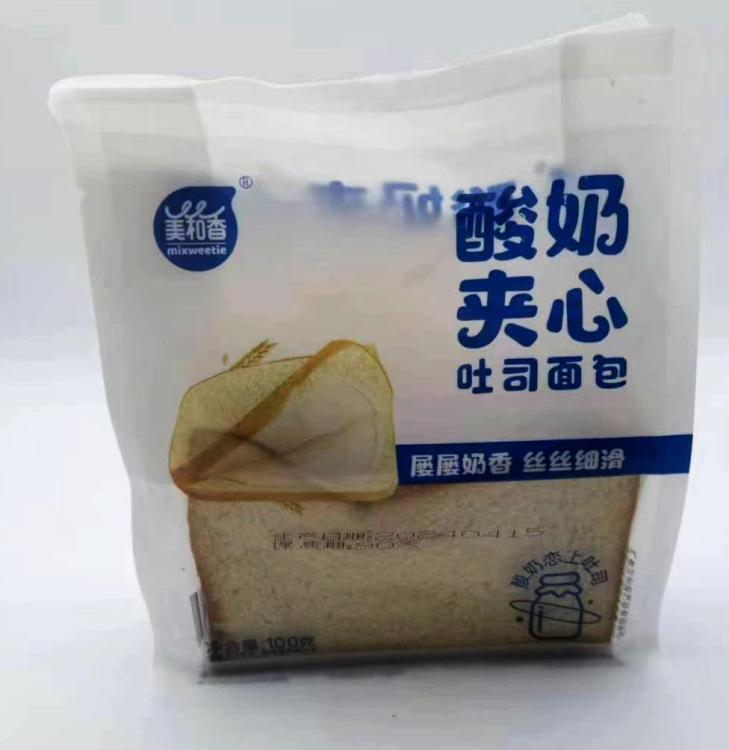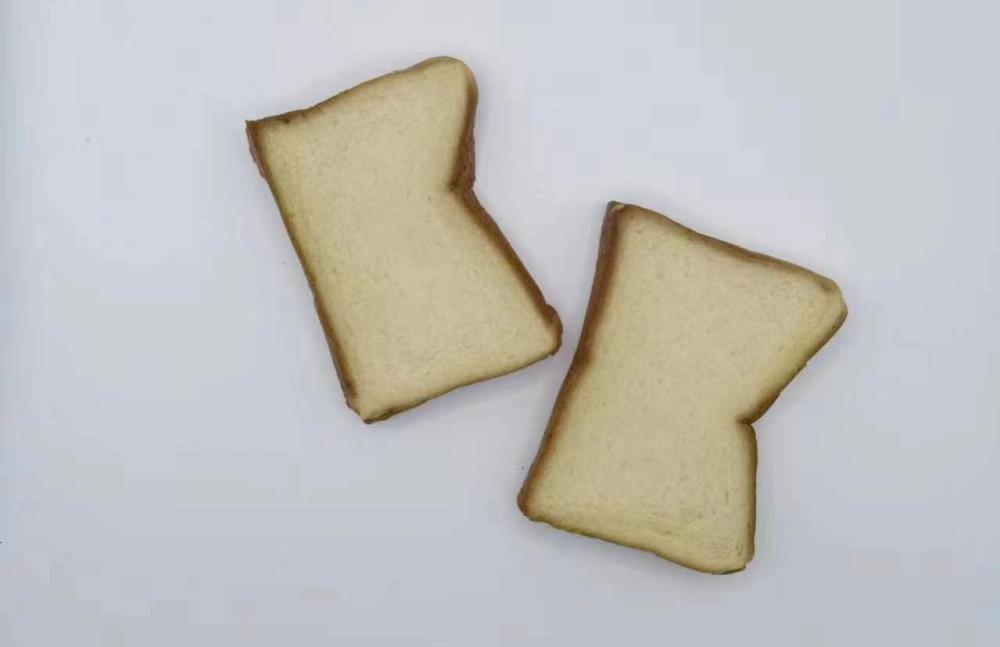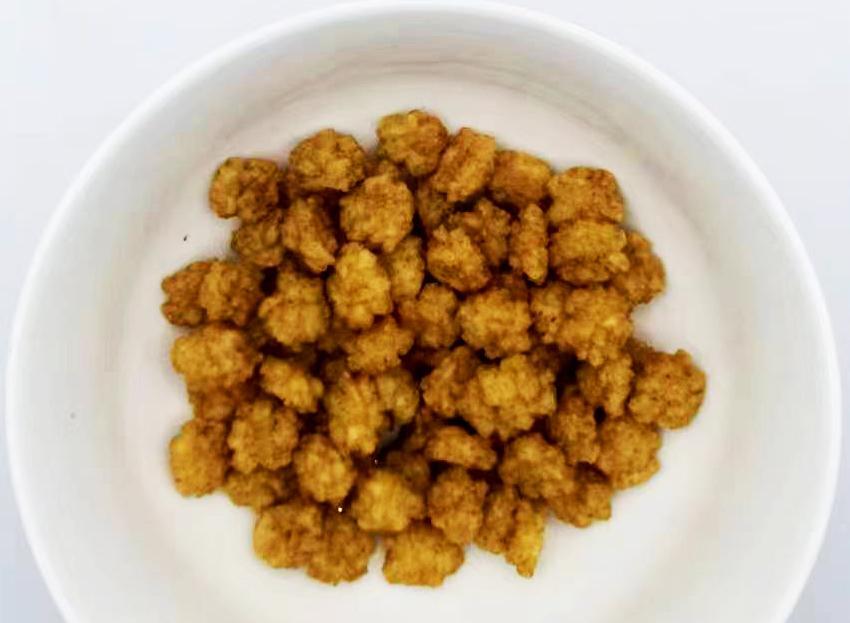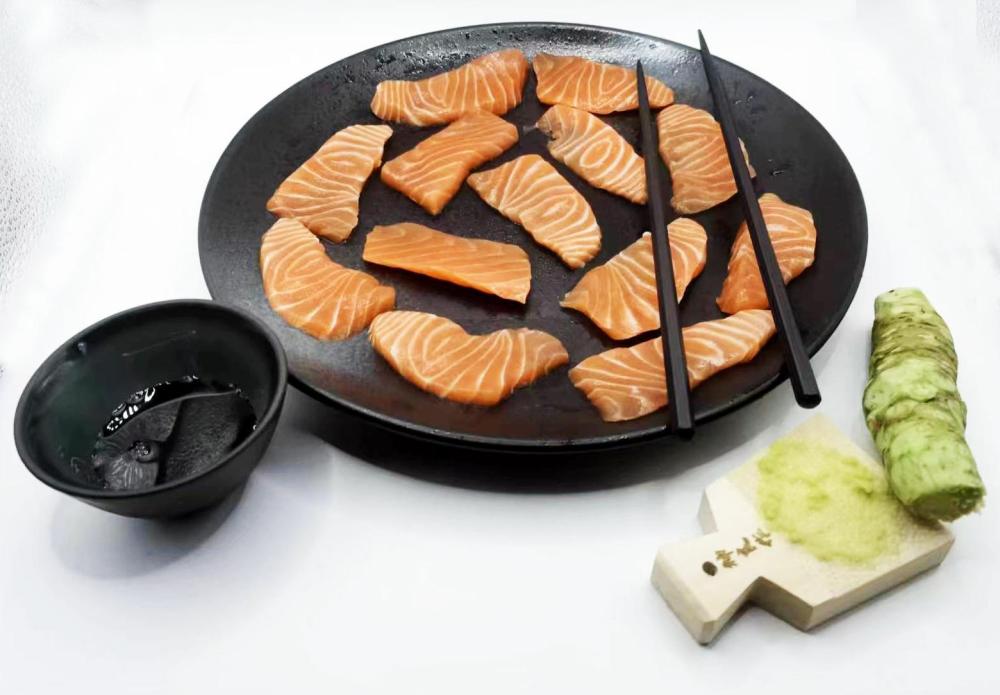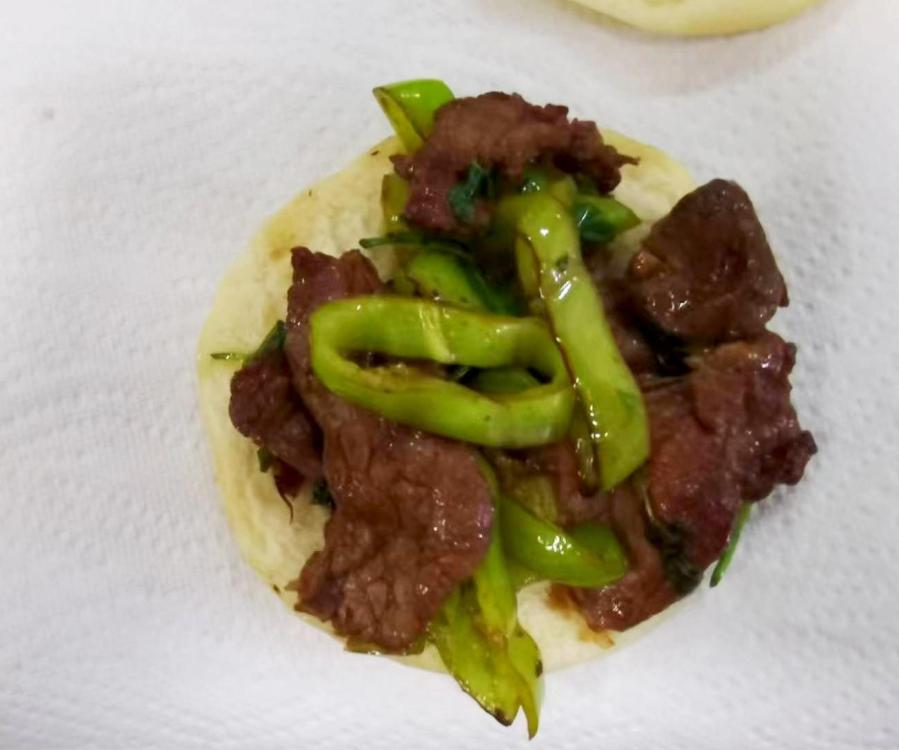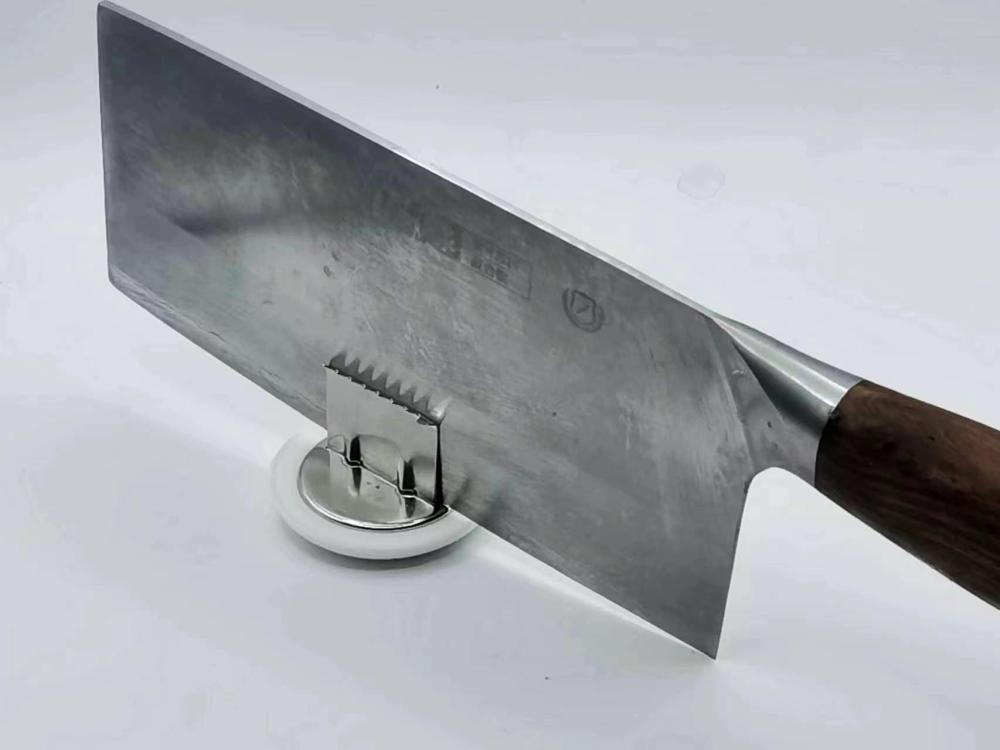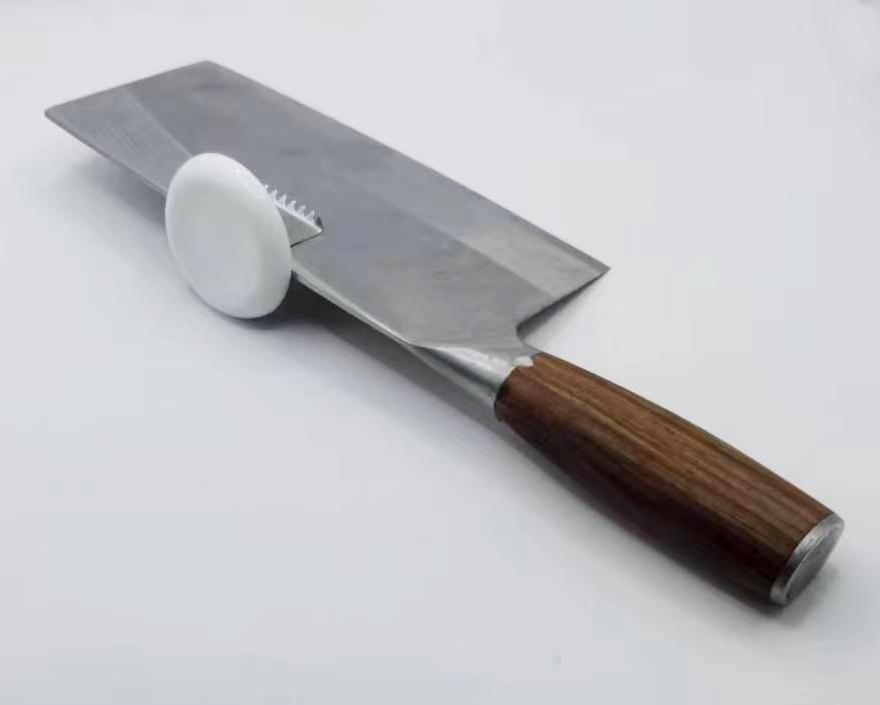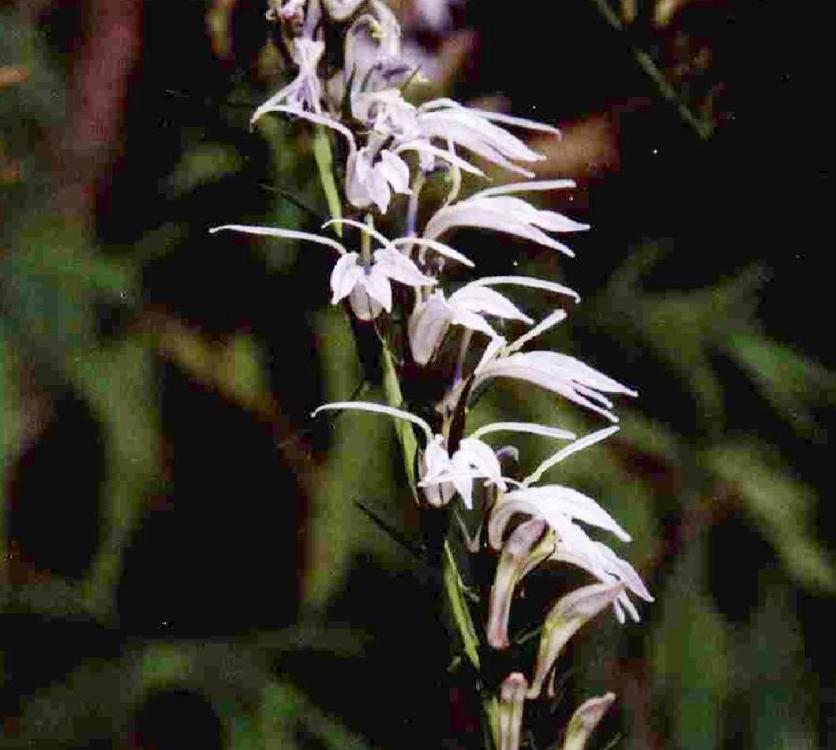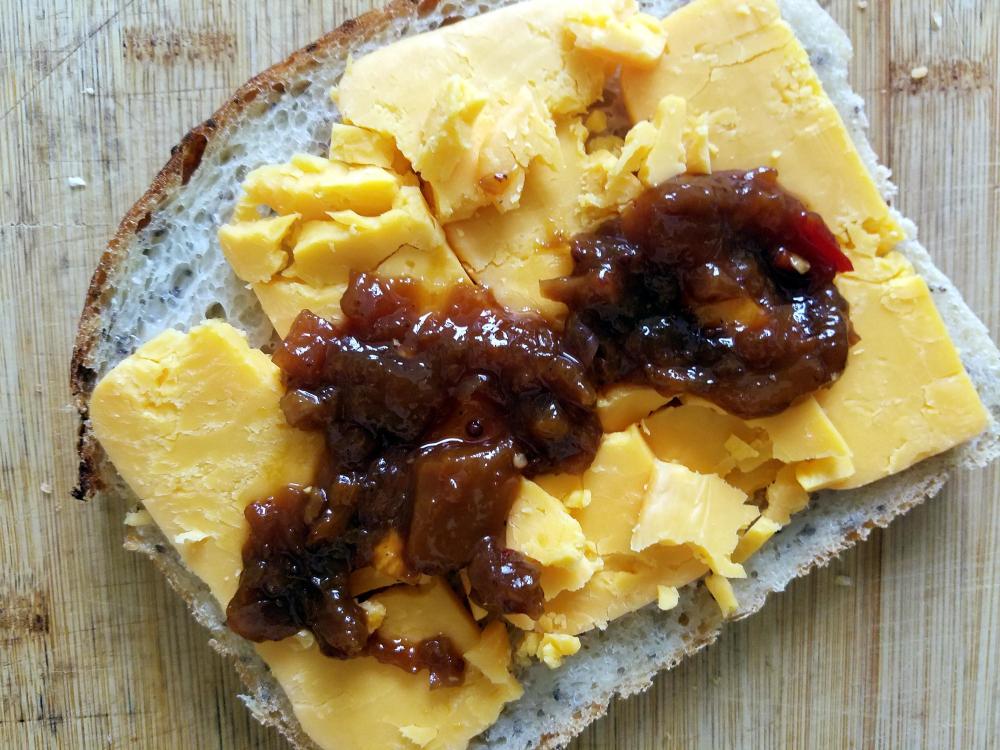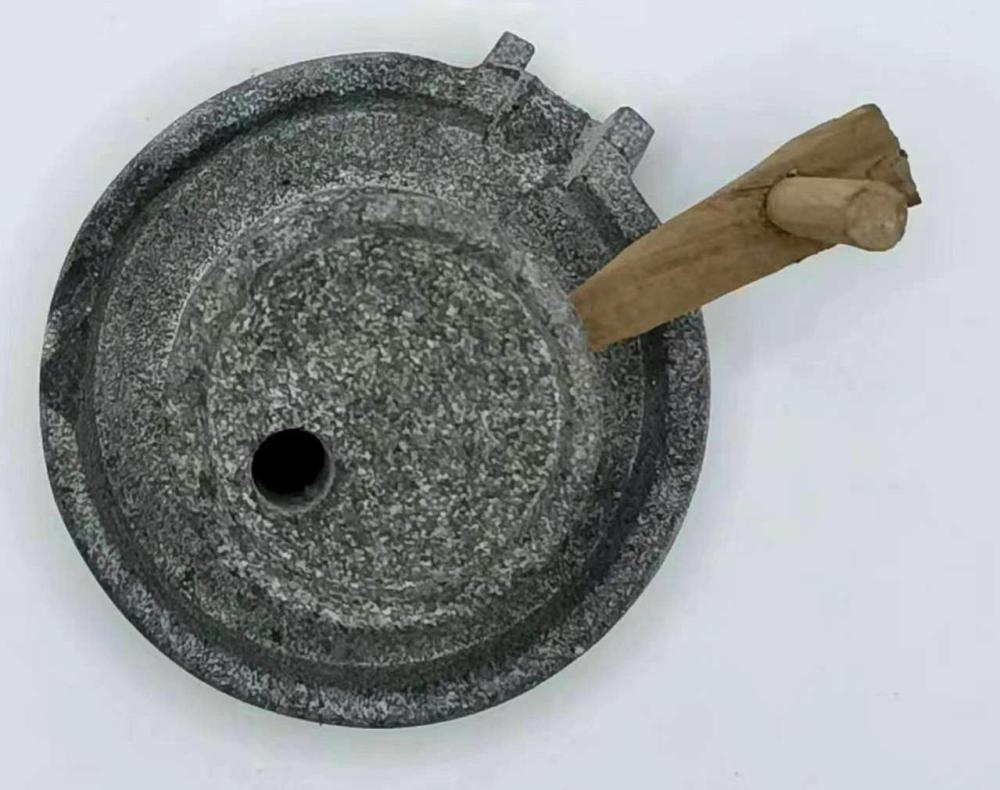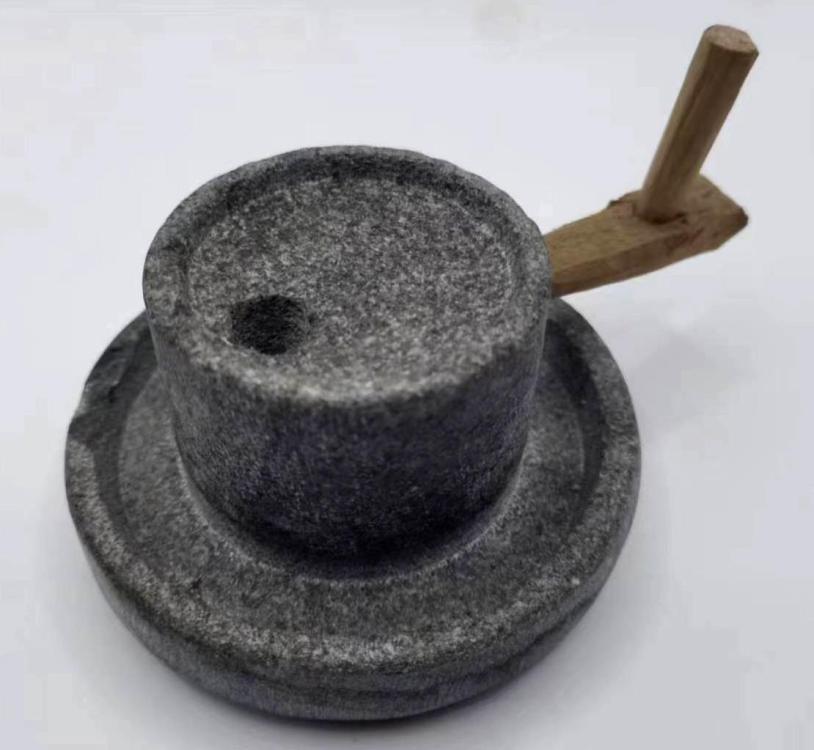-
Posts
16,681 -
Joined
-
Last visited
Content Type
Profiles
Forums
Store
Help Articles
Everything posted by liuzhou
-

Chilies for Heston Blumenthal's "In Search of Perfection" Chili recipe
liuzhou replied to a topic in Kitchen Consumer
From the little I know about Somali chili powder, it is a blend of spices, rather than pure chili powder. If so, like many such blends, there will be many variations. Does that seem likely? I know of Somali stores in London, where there is a small but significant Somali immigrant community. No idea about availability in the US, sorry. Is Devil's Penis another name for Peter Peppers? A search for those may yield results. Not very helpful I realise; good luck! -
-
I'm wondering what kind of fish. A lot of the fish species in your part of the world, though, are unknown to me, just as I'm sure many fish I get may be mysterious to you. In fact, many are mysterious to me, too! I have a good Chinese friend who has lived in Melbourne whose family business here in China is as fish and seafood wholesale distributors and remember her saying she was baffled when she first went ot Melbourne as a student. That has to about 20 years ago, now.
-
Yes, but it's a bit off a rip-off here. There is a very well known type of pasta like ingredient (very similar to the Italian orechiette) known as 'cat ears' (猫耳朵 - māo ěr duo). It is usually made into a dish of the same name, particularly famous in East China, but known everywhere. They are trying to cash in on that. I prefer my Stilton with port. 🍷
-
The beer delivery people are continuing to throw random snack-type things into my deliveries. Not every time, but about half. I just collect them waiting until some passing friends with kids drop buy. I certainly ain’t eating them. Especially the first. This goes by the name of ‘Yogurt Sandwich’. Even if this wasn’t a ludicrous concept, it still fails as it is no such thing. It is ludicrously sweet blotting paper encasing even sweeter white, white gloop. Truly disgusting. Oddly the Chinese for yogurt, 酸奶 (suān nǎi) translates as ‘sour milk’. It never is. The second was these, described in baby talk which I’m not even going to translate. The ingredients list mentioned ‘chicken meat flavour’, which usually means no chicken involved, and onions then fifteen items with names as long as Great Wall. All industrial effluent. Binned them. Finally, these are Cat’s Ears. Not literally. The reassuringly shorter ingredients list reads wheat flour, palm oil, sugar, salt, sesame, spices (2%), ammonium bicarbonate (preservative). Still landfill.
-
I noticed in the advertising videos the strength needed to press the blades through the vegetables was what would be a struggle for many people. Also, how would you ever sharpen it?
-
-
Had to be done - I could feel it coming. 🦌 驴肉夹馍 (lǘ ròu jiā mó), Donkey roujiamo! This is probably the best jiamo I've ever eaten and I've llterally eaten thousands. The only change I made from my regular beef jiamo recipe, apart from the choice of meat, was to omit the cumin. I didn't think it would do much for the delicate sweetness of the donkey meat and I wanted the meat to shine. It was incandescent! The next few were just as good.
-
OK. Time to put you out of your misery. A couple of people identified one different use each. No one got the third. Honorable mention to @Amy D. for getting the first. Here are three images demonstrating each use, as mentioned in the vendors’ advertising and packaging. This is my one in white; green clashes with my eyes! First up and first mentioned on the packaging is a fish scaler. Next is what I will call a knife basher to be used mainly with a Chinese cleaver to cut through bones. I think this use is mostly for people with lightweight cleavers or blunt cleavers. Put it on the blunt end of the blade and thump the tool with your fist. Only in extremis do I have to resort to such tactics and bashing the top of the blade with my rubber mallet works better and doesn’t bruise my hand. Using my heavy duty bone cleaver renders it redundant. The bronze medal goes to those who put the contraption on the sharp end of and use it to stand up on the counter. I never do that either. I lie it flat with the business end pointing away from me. I really only bought it out of amusement. The equivalent of $1.50 USD Unusual though, to find one of these novelty things that have more than one function.
-
The whole plant is edible. Wasabi flowers make for an interesting garnish on many dishes. Or in salads. Image: imgs.zsbeike.com
-
❌
-
No. In fact, as advertised, it actually has three uses, two of which are kind of related, but nothing to do with pasta or shaping.
-
Where did he write that? I'll "give it up" when the guesses stop.
-
Love it, but with Chinese government assistance,the People's Liberation Army, the UN and the British Embassy, a five-mile exclusion zone for cats and c⊘rn has been imposed around my offical residence, rendering invention or custom of strange object vendor's redundant. I'll reveal all tomorrow if you all behave youselves!
-
A recent mention of mango chutney on the Trader Joe's Products (2017–) topic reminded me of this which I've been making for decades. It isn't really an Indian style but can be adapted in any direction, I think. It is, I happily admit, based on something I read years ago and can’t remember exactly what or where, but I have altered it over the years enough, I think, not to be a total steal! I love it with simple poached chicken, on cheddar cheese sandwiches, with curries etc. I’ve even eaten it with Beijing Duck, but don’t tell anyone! I've also given as gifts to friends. 150 g soft brown sugar 150 ml white wine vinegar 1 star anise ½ a red onion 2 cloves garlic 1 thumb ginger red chillies (see notes) 3-4 mangoes 1 tsp black mustard seeds S+P Dissolve sugar in vinegar Add everything else Simmer 25-30 minutes or until your desired consistency is reached Cool Notes: 1) All measurements are ’to taste’. Those listed are my preference but I think, a good starting point for experimentation. 2) I use Chinese white rice wine vinegar but the grape variety will be just fine. 3) Chillies are very much to taste. I use Chinese ‘facing heaven chillies’ but any hot red chillies in amounts reflecting your capsaicin tolerance should do the trick. I probably use more than many of you would. 3) The mangoes I use are those which fit in my average male hand. But just. Not hard; not mush Again, up to you and your preferences. 4) Keeps in the fridge for months - unless of course you eat it. I do. I know nothing about Trader Joe or his chutneys but I'm sure he knows even less about me.
-
- 5
-

-

-

A pictorial guide to Chinese cooking ingredients
liuzhou replied to a topic in China: Cooking & Baking
... and here for your perusal is 500g of donkey meat. Not cheap; ¥88. About double the cost of beef. The julienned ginger is added as it is thought to prevent 'off smells' or 'gaminess' in some meats. Lamb often gets the same treatment. Guess what's on my menu tonight. (Thinking about it though, some donkey sashimi might go well with the wasabi above.) -
Well, it's taken me 6 months to answer this properly, for which I apologise. I forgot. Here is my 'toy' rice mill. It does work, but too small to be practical. 10cm / 4 inches diameter at its widest. I have used it to grind seasalt once or twice.
-
I have posted about wasabi in China here.
-

A pictorial guide to Chinese cooking ingredients
liuzhou replied to a topic in China: Cooking & Baking
山箭菜 (shān jiàn cài) or 本山箭 (běn shān jiàn), wasabi (Japanese: わさび) is not used in Chinese cuisine although many people are partial to sushi and sashimi (both of which originated in China, but then fell out of favour until reintroduced when there was a trend for Japanese food some twenty years ago. All the ‘Japanese’ restaurants were Chinese-owned and most have now gone, although supermarkets and some small shacks still sell sushi with decidedly Chinese characteristics. However China, despite generally loathing the Japanese, have a yen for some Japanese Yen (and their electronic goods and cameras). Today, wasabi is grown in various parts of China. Most is exported to Japan, although I do manage to get hold of some escapees. I’ve never seen it in any store, but can get it by express delivery online. It comes with dire warnings as to storing it correctly. I am advised to store it between 0℃ and 6℃ for a maximum of 14 days. It should not be frozen or stored at room temperature. This bag, from Yunnan province, contains 36g of vacuum-packed fresh wasabi root and cost approximately $4 USD. However delivery cost another $3.20. Still, to me, it’s worth it. I could buy a 100g bag with no increase in the delivery charge, but I wouldn't get through it in 14 days. Of course, it tastes much better when grated properly using my sharkskin wasabi grater. -
I don't see how that would work No.
-
❌
-
No. It is specifically for kitchen use.
-
Nope.
-
In your kitchen?
-
None correct. Sorry.


